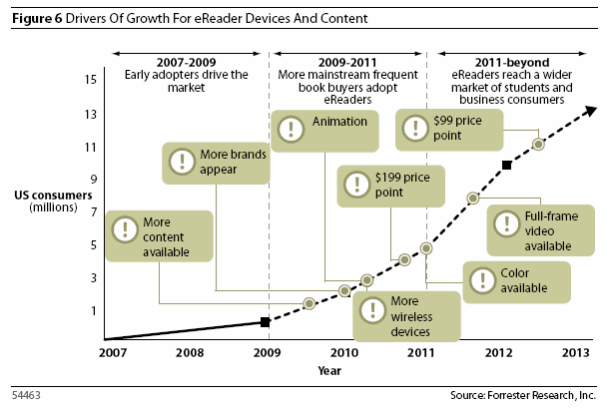Purpose Pattern And Process Ebook Readers


A long, long time ago, there were these things called books. Remember them? These contraptions were heavy and bulky and made from the pulp of dead trees. Inside these books were things called pages.
You turned them, and they cut your fingers. Awful things. I’m so glad these book things with their razor-sharp pages aren’t around anymore. Oh, wait Our paginated past The page has been with us for a long time now. A few millennia, actually.
The first books were thick slabs of clay created about 4,000 years ago, soon replaced by scrolls as the preferred way to consume the written word. And while reading technology has come a long way – from papyrus to parchment to paperback to pixels – the concept of the page holds strong to this day. Halo Combat Evolved Download Mac Full Version here. The page metaphor has been baked into the lexicon of the web since the very beginning. Tim Berners-Lee invented the World Wide Web so that he, his colleagues at CERN, and other academics could easily share and link together their world of documents.
Elcomsoft & Dmitry Sklyarov eBook Reader. Elcomsoft (Duran, Krieger, Maistry, Manasterski. Particularly, the information stored by DRMs can be used for user profiling about the consumption patterns of its products or services to facilitate, in particular, advertising, including spam e-mails. While consumers could benefit in.
This document-based, academic genesis of the web is why the concept of the page is so deeply ingrained in the vocabulary of the internet. As we’ll discuss throughout this book, the way things are named very much impacts how they’re perceived and utilized. Thinking of the web as pages has real ramifications on how people interact with web experiences, and influences how we go about creating web interfaces. From the beginning, the page metaphor provided users with a familiar language with which to navigate this brave new World Wide Web. Dell Inspiron 6000 Drivers And Utilities Cd Download. Concepts like bookmarking and pagination helped new web users explore and eventually master an entirely new medium using conventions they were already comfortable with. Chrome browser displaying ‘This webpage is not available The page was – and continues to be – a very visible and helpful metaphor for the users of the web.
It also has a profound influence on how web experiences are created. In the early days of the web, companies looking to get online simply translated their printed materials onto their websites. But even though these brochure websites offered a very one-dimensional perspective of what the web could offer, viewing websites as digital representations of the printed page was easy for creators to wrap their heads around. But we’re now 25 years into this new medium, and this once necessary figure of speech has overstayed its welcome. Unfortunately, the page metaphor continues to run deep with respect to how we scope and execute our web projects. Here are just a few examples I hear on a regular basis: “We’re a startup looking to launch a five- page website this October” “Brad, how long will the home page take to build?” “How are we ever going to redesign this university website that contains over 30,000 pages?!” All of the statements above make the fundamental mistake of assuming a page is a uniform, isolated, quantifiable thing.
The reality is that the web is a fluid, interactive, interdependent medium. As soon as we come to terms with this fact, the notion of the page quickly erodes as a useful means to scope and create web experiences. How long will a homepage take to build? Well, that sort of depends on what’s on it, right?
Maybe the homepage simply consists of a tagline and a background image, which means it could be done by lunch. Or maybe it’s chock-full of carousels, dynamic forms, and third-party integrations. In that case, maybe the homepage will take several months to complete. As for the 30,000-page university website, it might be tempting to declare, “Thousands of pages?! Wow, that sounds challenging!” But in reality, those 30,000 pages may consist of three content types and two overarching layouts. Montgomery Ward Sea King Boat Serial Number. Ultimately, a project’s level of effort is much better determined by the functionality and contained within those pages, rather than on the quantity of pages themselves.
The page metaphor has served its purpose helping users familiarize themselves with the web, and provided creators with the necessary transitional language with which to create for a brand new medium. But to build thoughtful interfaces meant to be served to a multitude of connected devices, the time has come for us to evolve beyond the page. Tearing up the page Thankfully, the web community is hard at work establishing principles and practices to help us effectively talk about and create for the web. And there’s one concept that keeps popping up in every conversation about how to make successful web experiences: modularity. Modularity predates the web by a long shot. The Industrial Revolution brought about interchangeable parts and Henry Ford’s assembly line forever transformed the automobile manufacturing process.